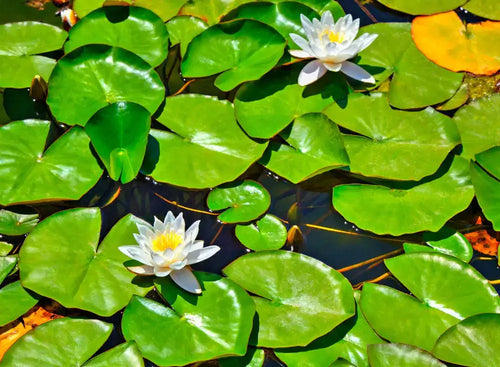Tuesday, August 2
Small Garden Ponds
Small garden ponds are artificial ponds mounted in gardens at houses.
Small garden ponds can not only include nature in a small garden but also supply serenity to an otherwise ordinary small garden.
There are different methods by which a small garden can be made fascinating, and including a pool, having the animal life that comes with it is one such way. A diversity of plants, frogs, and fish make a pool their living place.
Apart from making small garden ponds look appealing, plants help preserve the ponds well. Plants give oxygen whereas concurrently ingesting the dangerous nitrates and phosphates. All of this keeps the water fresh, which can help fish survive in these ponds. Whereas having fish in a small garden pond adds to its attractiveness. Attention must be given to repeatedly getting rid of the fluids of poor microorganisms. A machine can supply a steady and ample amount of vital and fresh oxygen. Small garden ponds using pre-formed pool liners can be placed above or below the ground level. Tiny fiberglass small garden ponds that can keep tiny plants and a few fish can be mounted in a few moments. Small garden ponds are indeed constructed to allow sunlight to fall on them. Construct them away from bushes to prevent withered trees that can harm the pool. If enhancements like light and water fountains are added to a small garden pond, these must be mounted close to water and energy sources.
Small garden ponds can be put both in houses in the suburbs and huge residences away from the city. Where ever the location may be, developing a small garden pond needs cautious preparation to prevent undesirable expenditures with its maintenance and retrofits.
Additions to the pond, such as waterfalls or fountains, need more planning and cost outlays. However, having a pond can transform any garden, though it takes some planning and effort for its maintenance.
Source to Buy a Selection of Plants for your Garden Ponds
TN Nurseries best selling aquatic plants
Lizards tail
Softstem bulrush
Bamboo
River oats



















































